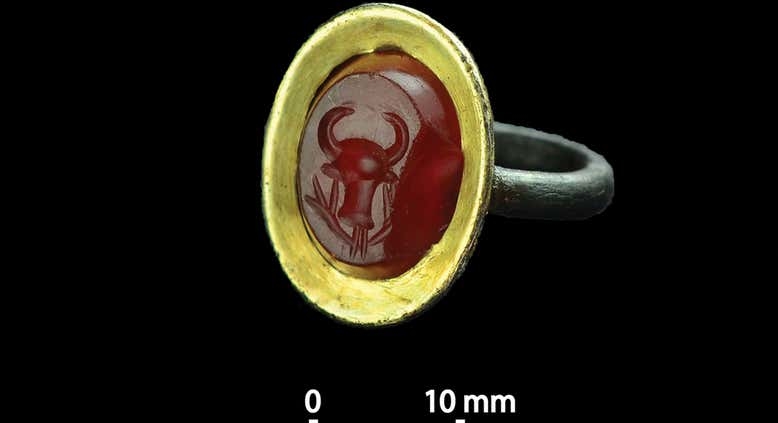Excerpt from Paulos Milkias, Ethiopia (p44)
The man known in Ethiopia as Yimrahanna Kristos was referred to in Europe during the time of the Crusades as “Prester John” (Latin: Prete Anie). Yimrahanna Kristos was the fi rst of the four emperor-saints of the Zagwe dynasty, and he ruled Ethiopia for 40 years. The emperor was devoted to the church, and besides, his imperial duties, he used to serve as a priest. He was the only Ethiopian emperor who was priest-king. His fi rst appearance in historical documents was in the Chronicle of Otto Freising, who had heard word of a powerful Christian sovereign reigning in the East in 1145 from a Syrian bishop who had arrived at the Papal Court in Viterbo. During the Fifth Crusade, which took place at the beginning of the 13th century, information about Ethiopia trickled to Europe. The European report suggested that Prester John was a devoted priest as well as a great monarch. European writers soon started to depict Prester John as a great monarch who resided in a grand palace, carried an emerald scepter, was attended by hundreds of princes, and had an archbishop as a butler and a king as a chief cook. Others gave their imaginations free rein. Prester John, they wrote, had a magic mirror through which he could glance at every corner of his vast empire; his robes, washed only in fi re, were woven by salamanders. Ludivico Ariosto, the famous early Renaissance poet, was inspired by these fantasies to describe the land of Preteianni (Prester John) as a place where one could fi nd golden-chained drawbridges with solid crystal columns; musk, balsam, and umber in every corner; and a palace whose walls and ceilings were studded with pearls and whose rooms differed from each other in that the fl oors of some were made of rubies whereas others were covered with topazes and sapphires.
Excerpt from Paulos Milkias, Ethiopia (p31)
It was around the closing decades of the 20th century that Dr. Allan C. Wilson, considered to be the leading molecular evolutionist of the 20th century, introduced what is now known as the “Eve hypothesis.” The scientifi c work was funded by the Macarthur Foundation Fellowship, and the “Genius Award” was awarded to Wilson in 1986. His team collected mitochondrial DNA from 147 people from fi ve disparate geographic areas and then analyzed the DNA with restriction mapping. Using the study, the scientists proved that all the samples of human mitochondrial DNA stemmed from one woman who lived in Ethiopia about 200,000 years ago. Wilson published the results of the study in the prestigious scientific journal Nature, in which he presented empirical evidence that the most recent maternal ancestor of all living humans was a woman living in Ethiopia about 200,000 years ago. A second group of scientists using restriction mapping of mitochondrial DNA from 3,065 humans in different parts of the world also came to the same conclusion, attesting to the common origin of humans in Ethiopia.
This devastating locust outbreak is starting to destroy vegetation across East Africa with alarming speed and ferocity. Vulnerable families that were already dealing with food shortages now face the prospect of watching as their crops are destroyed before their eyes.
The Empire of Aksum was one of Africa’s most influential ancient civilisations. Traditionally, most archaeological fieldwork has focused on the capital city of Aksum, but recent research at the site of Beta Samati has investigated a contemporaneous trade and religious centre located between Aksum and the Red Sea.




